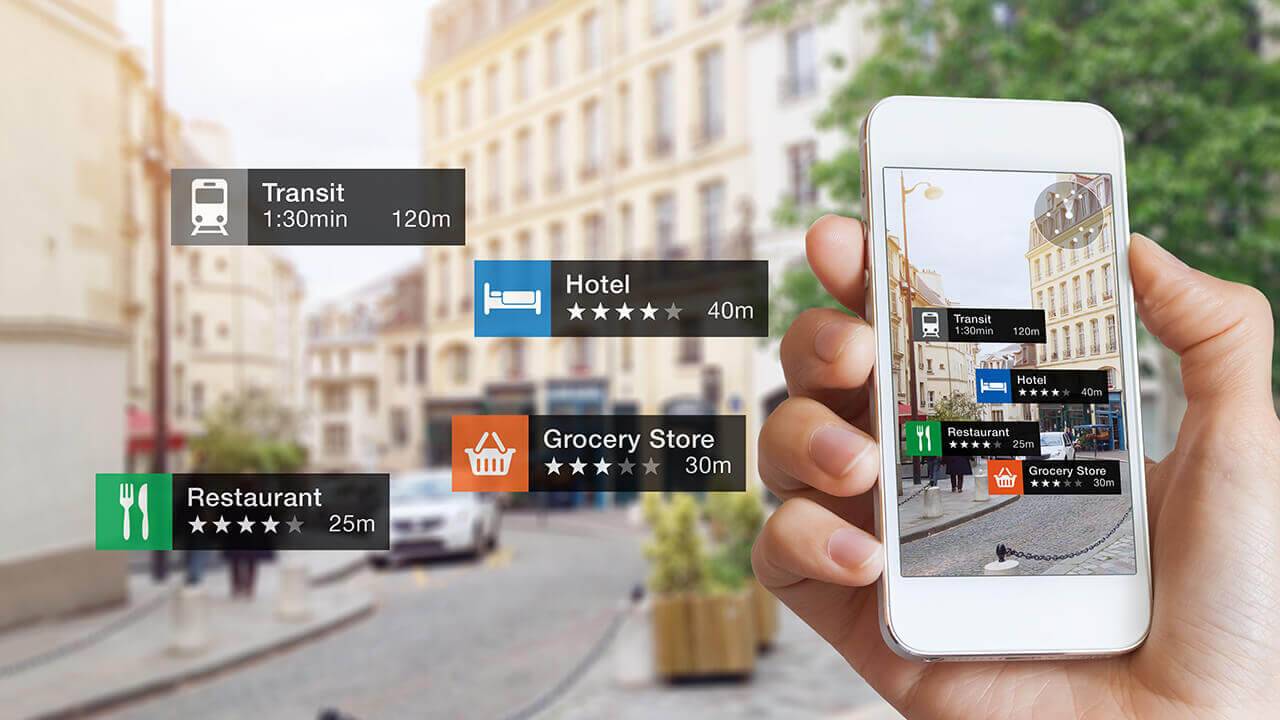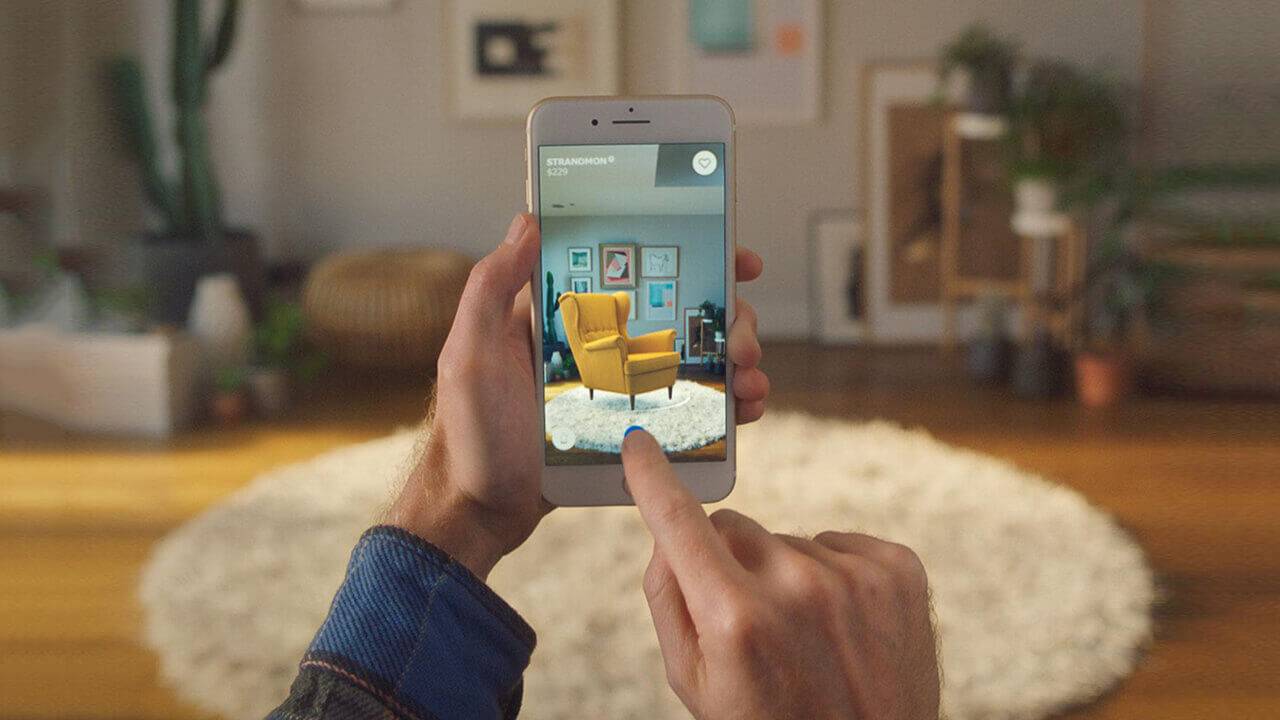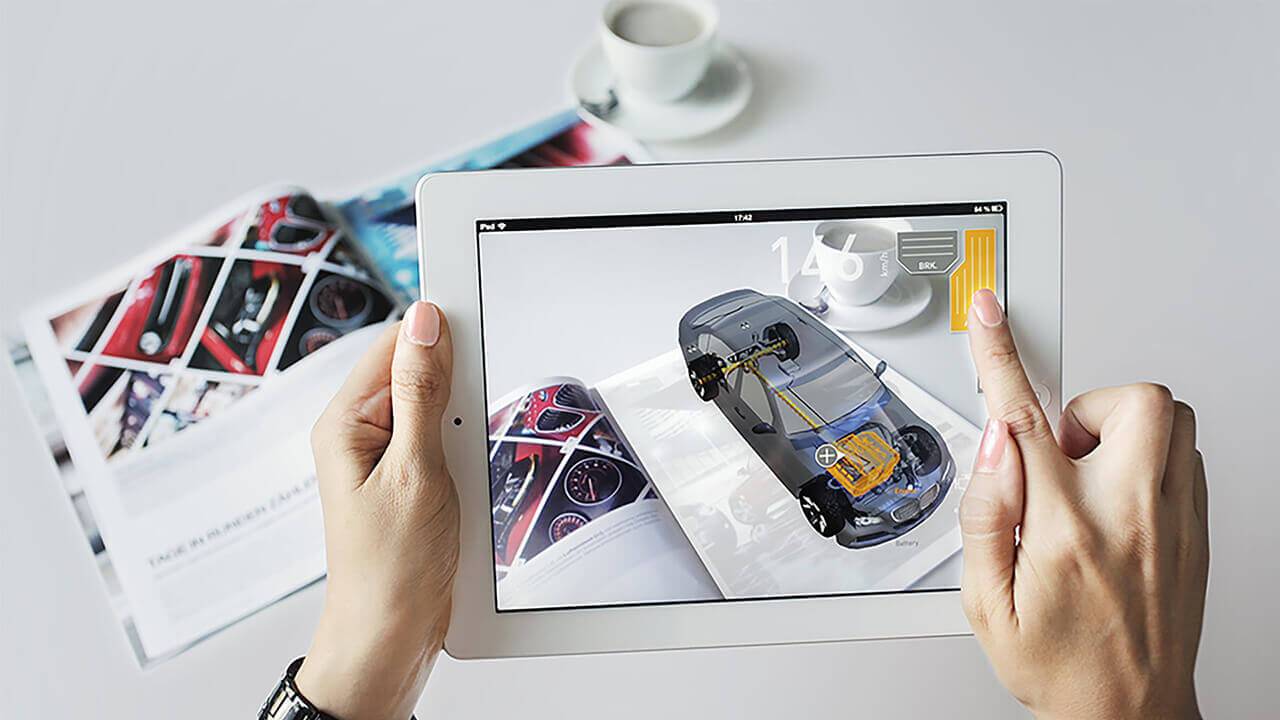6 Innovative Uses for Augmented Reality in Business

Doing business online has revolutionized the way consumers interact with businesses. However, virtual consumerism has come with many setbacks as it removes a personal touch to the experience.
Luckily, technology is slowly catching up with humanity by inventing new opportunities to enhance the user experience while making business easier. One of the most popular of these technologies is augmented reality or AR, which has risen from 200 million users (statista.com/statistics/1098630/global-mobile-augmented-reality-ar-users/) in 2015 to nearly 2 billion in 2021.
If you want to know how to implement AR into your business marketing model then you should first read about how other companies are using it. Here are 7 innovative ways that augmented reality in business has and will continue to improve the consumer market.
What is Augment Reality?
Let’s first clarify the difference between augmented reality vs virtual reality as they can be easily confused. This will help you understand how AR can be utilized in your business.
One of the first viral examples of AR was the Pokémon Go augmented reality app. It allowed users to combine their own reality with that of virtual characters. All they needed to do was point their phone at an environment and critters would pop up on their screen. Snapchat also was the first of its kind that allowed you to try on virtual costumes using your phone’s camera or even adjust your facial features.
Virtual reality differs in that it requires VR goggles that immerses the user in a completely unreal (aka virtual) environment. This type of technology is often used for video games and entertainment. In the business world, VR is used for staff training in areas such as construction and even in the medical realm.
Augmented Reality for Business
So, what is augmented reality marketing, and how can businesses benefit from its technology? First of all, the great part about AR is that it is simple for businesses to implement and easy for all types of consumers to use. It brings your business to the customers virtually without them losing the advantage of personal interaction. In many cases, it makes the user’s experience more immersive, genuine, and interactive.
Second, it allows businesses to display relevant information in a user-friendly experience. For example, it can give product information on-demand just like if the customer was holding it in their hand. Here are just a few examples of how AR is being used in business today.

1. Navigation and Tourism
GPS now has an accuracy of 95% (gps.gov/systems/gps/performance/accuracy/), but with augmented reality added to the software the probability will greatly improve. For example, businesses, from museums and attractions to hotels and restaurants benefit from AR as users will be able to locate them using virtual pings overlaid on a real street view. They can also add valuable information like hotel ratings and hours of operations to help users see a complete picture of surrounding businesses.
Specific apps for augmented reality used inside establishments can further enhance their customer’s experience. Imagine using AR to navigate a museum while having a virtual tour guide tell you the highlights of each painting or artifact.
2. Real Estate Scouting
Realty hasn’t changed much since the invention of the internet. You’ve been able to view homes for sale and apartments for rent online for decades. So, what’s next in real estate, and how can augmented reality help?
If you are a real estate company you don’t want to waste time by showing a house that your client will never be interested in. But, gathering information for each potential residence takes time. AR can help you with this by showing your client everything they want to know and more simply by using their smartphone or computer. This allows them to view the property from home or anywhere.
Plus, AR shows more than just pictures or a video of the home. Clients are able to see every inch of the property and zoom in like if they were there in person. They can even virtually place furniture or landscape the garden before deciding to buy.
Another advantage of augmented reality in real estate is that clients can view the surrounding neighborhood. Mapping the nearest grocery store and seeing the price range of homes in the area all play a part in making an informed home buying decision.

3. Home Decor Options
AR for business marketing works for customers who already have a home too. One of the biggest struggles for furniture companies is selling the right piece to the right customer. The size and style need to fit into someone’s home like a glove.
You can make choosing furniture and all home decor designs easier by using augmented reality. Customers see the possibilities your products so that they aren’t hesitant to make a purchase.
The same goes for wall colors, remodels, and even landscape design. When a customer knows what they want it is much easier for you to give it to them especially when they use your inventory in the mock-up.
4. Grocery Store Browsing
Technology entered the grocery store in a number of ways over the past few years, from self-checkout to coupon apps. However, making the shopping experience easier hasn’t been at the forefront.
Augmented reality does what other services do but with the added bonus of making shopping simple. For example, online shopping is becoming more popular with home delivery not just for those who can’t make it to the store. But, customers rely on grocery staff to choose products for them, giving them less freedom to see their options upfront.
AR lets customers see the store and its many available products so that they won’t have to scroll through a list or miss out on alternative items. Inside the store, shoppers use augmented reality to find products, view nutritional information, expiration dates, and even get ideas for recipes. Think of AR as a way to offer a personal shopper for all of your customers.

5. Retail at Home
Super-models market clothes to make them look stylish but we all know that clothing is subjective. What people really want to know is if that dress or shirt looks good on them, not a model.
Shops that market clothing and accessories have an opportunity to make shopping practical. That means more buys and fewer returns, especially in the online shopping world that accounts for 13.3% of sales (census.gov/retail/mrts/www/data/pdf/ec_current.pdf.)
Stores are even providing virtual stylists and fittings with live assistance. This combines comfort and ease with efficiency and helpfulness. Because the last thing consumers want is to give up service for technology. Instead, they want more assistance along with a faster and better shopping experience.
6. Information Technology Made Easy
If you are in the business of helping people with technical issues then you know how difficult it is to explain something complex to a layman. This is especially true over the phone or even in a written manual.
Technical writing and instruction don’t have to be so hard when you use augmented reality as an assistant. Instead, imagine placing step-by-step instructions directly on the machine your customer is trying to fix. They will be able to view exactly where you are leading them, including which button to push, hatch to open, and level to pull.
Include AR on your website for simple DIY fixes. Your customers will appreciate the ease go use and feel that you care about the products you sell.
Using Augmented Reality for Your Business
As you can see augmented reality for business is as versatile as having a website to reach more people and make your business more accessible. Plus, the applications and benefits are endless as they make customer interaction fun and engaging. You are also able to extend your customer base beyond brick and mortar without losing the personal touch.
If you’d like to get started with AR then you can research current platforms for augmented reality development. You will need a programmer to adjust the software for your needs to create your own augmented reality business app.










